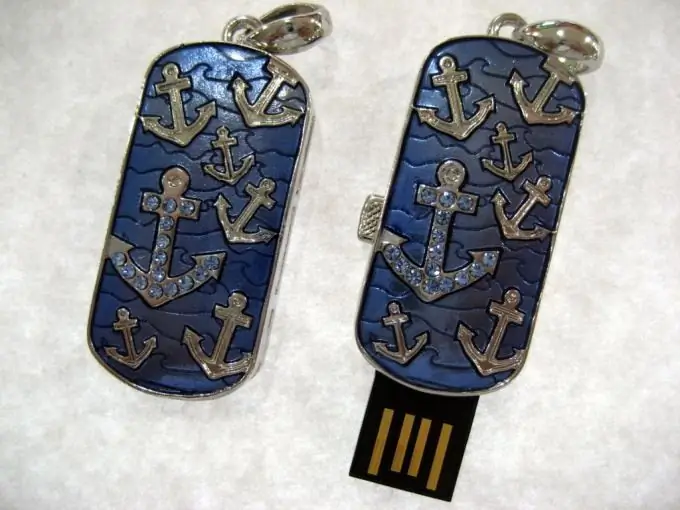Flash media with a large amount of memory often fill up rather chaotically, and it is difficult to keep track of which data is taking up which part of the memory. Sometimes the storage media seems to be wasted on "invisible" files, although at first glance it should be more than the computer displays. This means that there are hidden files on the flash drive, which cannot be viewed in normal mode.

It is necessary
- - a computer;
- - flash drive.
Instructions
Step 1
To view all hidden files that are on the USB device, you need to make some settings in the system. Open the shortcut "My Computer" and select your USB drive from the list. You can view any folder on the flash drive, however, all changes made in the future will be effective only within this folder. The USB device will still contain various files that are not viewable.
Step 2
In the window menu, select the "Tools" section, and then the "Folder Options" item. Here you will find all the settings that can be applied to the standard folder in the Windows operating system. Go to the "View" tab, in the "Advanced options" section. Find the item "Hide protected system files" and uncheck the box next to it. Thus, you disable the function by which all folders and files were hidden when a USB device was inserted into the computer.
Step 3
Find the item "Show hidden files and folders" and check the box next to it. In this case, all hidden files and folders on the computer will be reflected. Save changes and open the contents of the flash drive. Translucent folders with exclamation marks on them will now appear on the media. This icon denotes all system folders. It is also worth noting that all hidden files and folders will also be displayed on local drives.
Step 4
Most often, system files are created on a flash drive by the operating system, and it will not allow you to delete them. These system files are needed to correctly identify the media. However, hidden files and folders can also be created by viruses, so we advise you to check the contents of the media before using an effective antivirus. In some cases, the USB flash drive stores driver files that are needed for proper operation.






